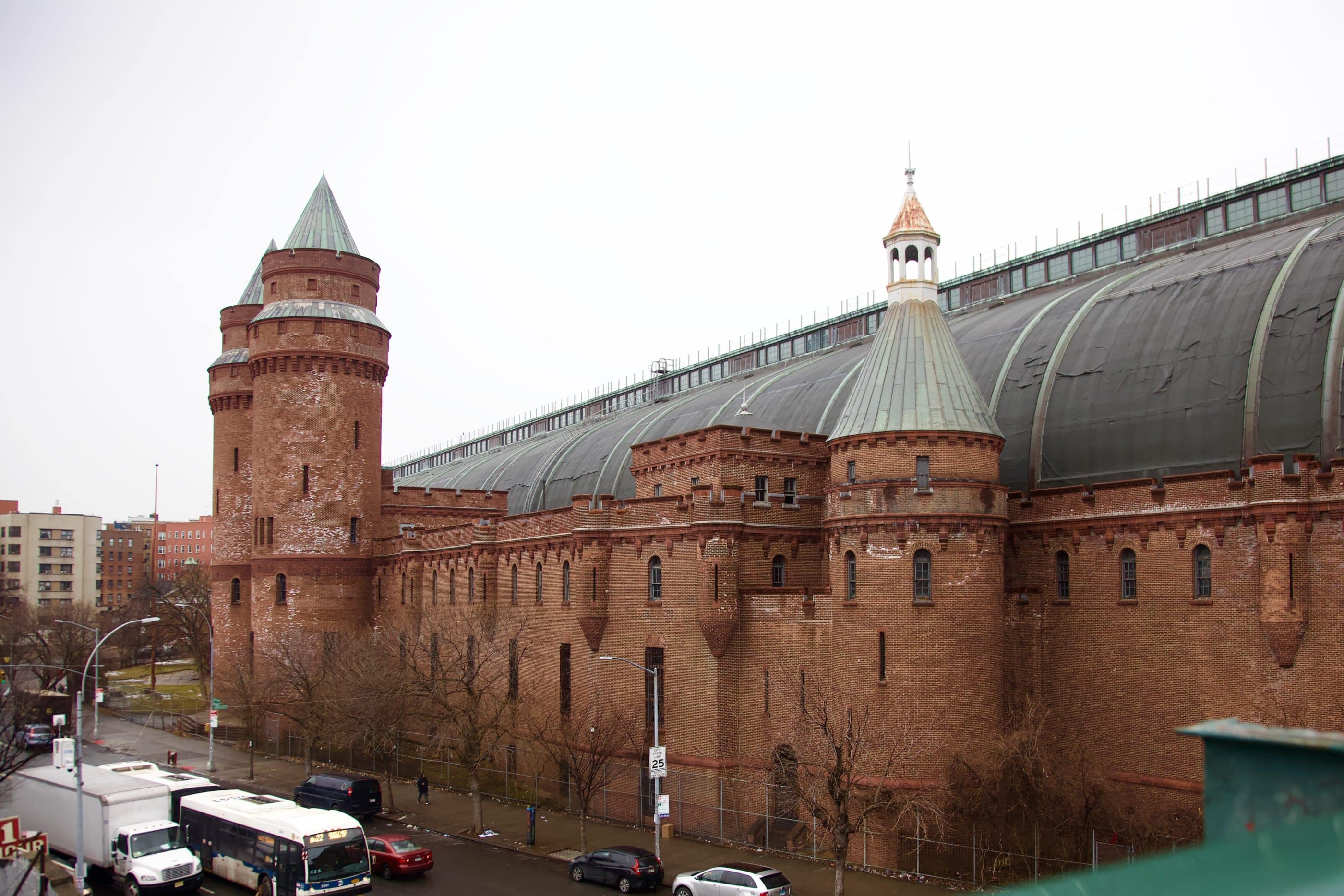
Photo by Steve Rhodes via flickr, CC BY-NC-ND 2.0
The Amazon HQ2 debacle represents a teachable moment in the movement to overhaul the out-of-control use of tax breaks and other incentives by states and localities to attract jobs and investment. Although the Amazon case—a rare public auction—attracted great attention due to its sheer size, hundreds of smaller, secret subsidy auctions take place every year, and incentives for such deals are embedded in the tax code in every state.
Together, these sums have been estimated to cost state and local governments $45 billion to $70 billion annually. The costliest “megadeals”—mostly billion-dollar subsidy packages—cost an average of $658,000 per job.
Now, there is mounting evidence that Americans want to rethink this tax-break-industrial complex. Even before the outrage against Amazon, a wave of teachers’ strikes for better pay and benefits drew strong public support, making it clear that austerity-budget policies are not the way to go as they endanger the bedrock of a high-skills, high-wage future. (K-12 education is the biggest loser to subsidies since property taxes often make up the largest share of subsidy packages and property taxes remain the largest single source of K-12 funding.)
There is a better way: the European Union’s rules on “state aid” (subsidies) comprehensively limit bidding wars, and make the level of incentives we have seen for Amazon, Foxconn, and other companies completely impossible under the EU’s Guidelines for Regional State Aid.
First, the EU’s rules on all forms of state aid require advance notice to the European Commission of the enactment of any new subsidy program or large individual subsidy deal. The commission then determines if the program or project distorts EU trade too much to be allowed to take effect. The commission has so much autonomous power that, if a deal is not disclosed in advance, a company can be forced to repay the aid, and the government can be fined if it repeatedly fails to follow the commission’s decision. This improves transparency prior to a deal being formally approved, whereas in most U.S. states and cities, advance disclosure is poor to nonexistent. In an additional bonus for transparency, the commission’s records of every state aid case and decision since 2000 can be retrieved here.
A second EU safeguard against subsidy auctions is its system of aid caps, or limits to the amount of subsidy a company is eligible to receive. Aid intensity, a figure used in determining the cap, is calculated by dividing the subsidy by the total investment amount. The intensity of aid a company is eligible to receive is inversely related to the gross domestic product (GDP) per capita of each region as defined by the rules. Effectively, that means that the richest regions, which contain a little over half the EU population, cannot give companies any regional aid at all. If Amazon had located its HQ2s in London or Brussels, instead of New York and Washington, it would not have been eligible for any incentives. The EU’s poorest regions, such as Bulgaria outside of the Sofia area, are marked by a GDP per capita of under 45 percent of the EU average. So their aid limit is 50 percent of the cost of the investment. By contrast, the aid intensity offered by New York for Amazon HQ2 exceeded 100 percent of the investment.
A third set of EU subsidy rules applies to “large” projects, defined as those with an investment above 50 million euros. For these projects, the allowable aid intensity scales down rapidly. While that first 50 million euros can receive the normal maximum, the next 50 million euros can only receive half of the maximum, and the entire investment above 100 million euros is only eligible for 34 percent of the maximum. So in a 50 percent cap region like most of Bulgaria, the maximum aid allowable for an investment project that’s 1 billion euros would be: (50 percent of 50 million euros) + (25 percent of 50 million euros) + (17 percent of 900 million euros) = 190.5 million euros, or just 19.05 percent of the investment, far below the region’s nominal 50 percent aid maximum.
Finally, the EU guidelines require member states to follow certain good-government process rules that have been called for before in the United States. The subsidized relocation of an existing facility (think Kansas and Missouri for egregious examples) is now banned. Jobs must be maintained for at least five years. The commission monitors all regional aid agreements through annual reporting from the granting government. Together, these provisions ensure economic development best practices that are unfortunately too frequently ignored in the United States.
One example of these rules in action played out between 2004 and 2006 when transmission maker Getrag Ford was negotiating to build a factory in eastern Slovakia. The 300 million euro facility was originally offered 77 million euros in incentives, more than 25 percent of the cost of the investment. That triggered negotiations with the European Commission, where the Slovak government was forced to cut its subsidies to 53.5 million euros.
The EU’s rules offer a comprehensive approach to curbing bidding wars for investments. While they can’t be adopted wholesale stateside due to the differences between EU and U.S. institutions, they provide us with a number of ideas for useful reforms in this country. For example, the European Union shows the critical importance of incentive caps, but the EU’s aid intensity metric is only one such approach. Subsidies can also be capped by cost per job and/or cost per deal. Programs can have overall spending caps (as some states already do), and eligibility rules can be written to even cap the size of a company that can receive subsidies. The value of examining the EU state aid rules is to show us what is already technically feasible in terms of controlling subsidy wars. The present moment is ripe for reform.





Comments